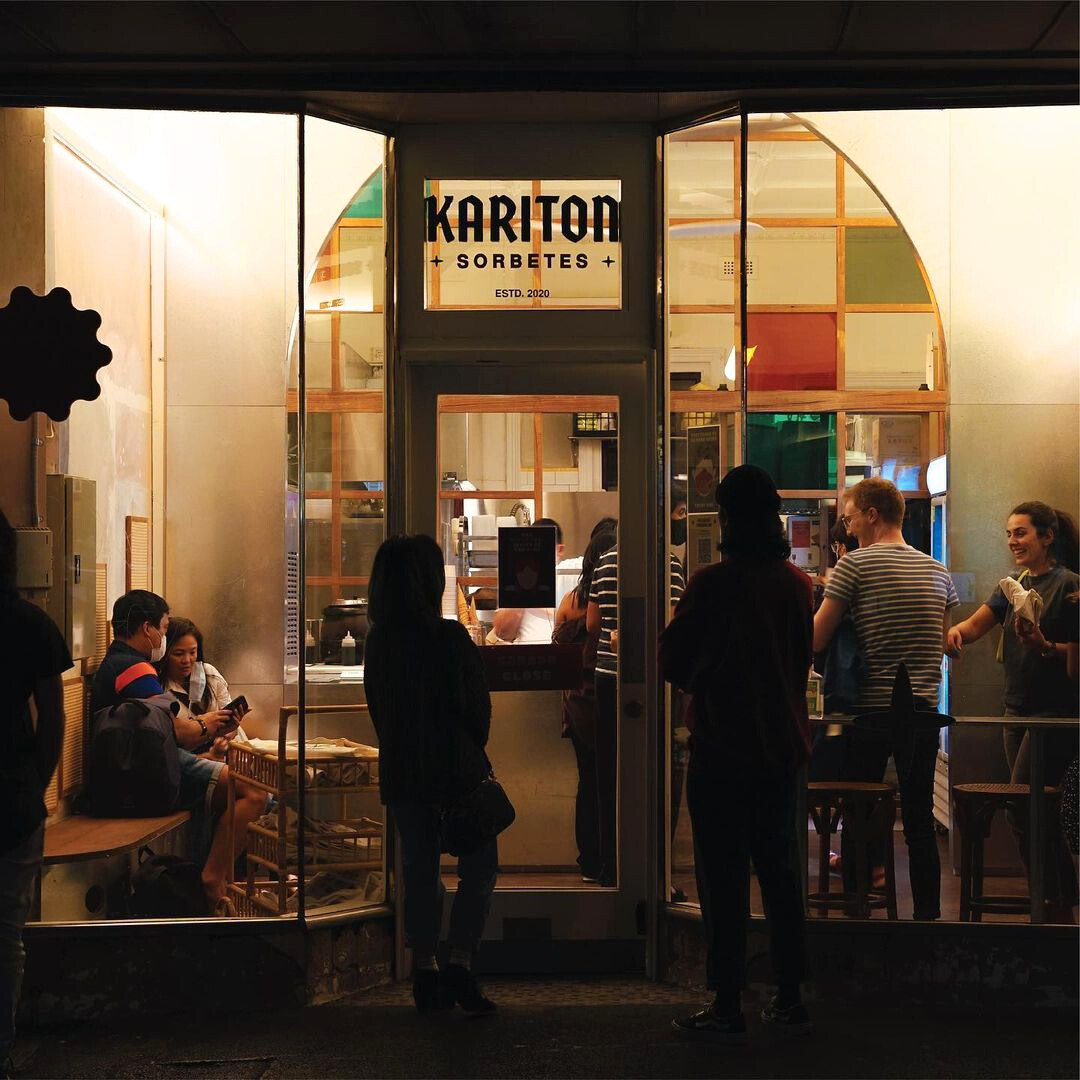Part and parcel of the diasporic experience is the search for anything and everything that reminds of home. Comfort often comes in the form of flavors we grew up with; however, in Australia, where local favorites are in short supply, a pair of chefs has filled this void with Kariton—a gelateria featuring Filipino ingredients and flavors.
Former Lûmé executive chef John Rivera and pastry chef Minh Duong opened Kariton in 2020 as a food delivery service at the peak of the Melbourne lockdown.
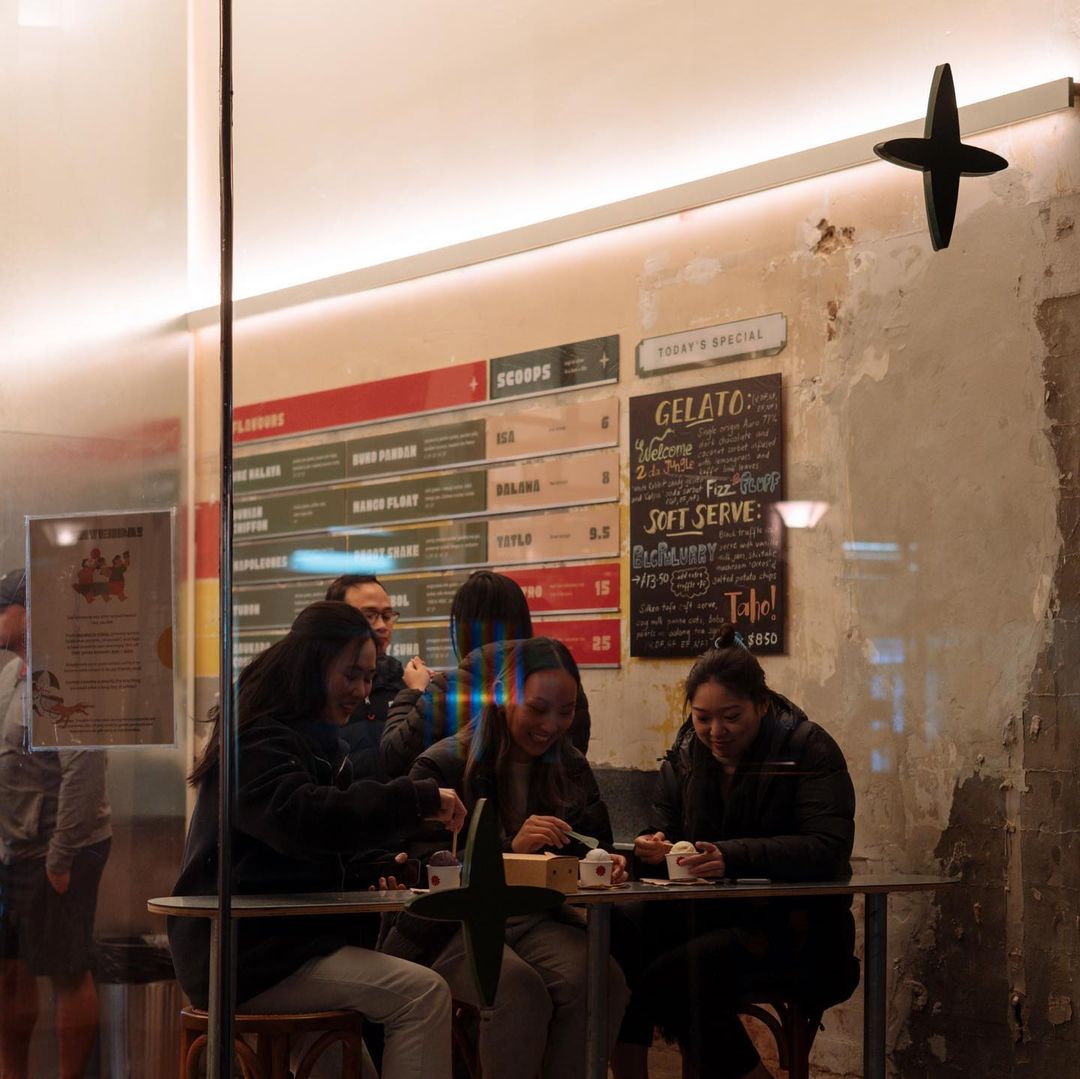
“We thought it was going to be maybe around 100 tubs a week for fun. The first week we opened to the public, we did around 700 to 750 tubs of ice cream. It was a massive success and we realized that we found a real niche in the market,” recounts Rivera.
The Cabanatuan-born, S.Pellegrino Young Chef 2018 winner looks back to two coinciding moments that made Kariton possible: a trip to the Philippines and lockdown-induced boredom.
Rivera was joined by Duong for his wedding in January 2020, where in true Filipino fashion, he toured his soon-to-be business partner for the complete Manila experience—which included indulging in dirty ice cream inside Intramuros.
Fast forward a couple of months stuck indoors, twiddling their thumbs, and with the recent Philippine excursion in mind, the pair headed to the lab and tried their hands at a unique approach to gelato that would later give birth to a growing enterprise. Their first flavors? Ube halaya, buko pandan, turon, kalamansi Hinebra, and keso.
What’s the scoop?
One look at their menu and it’s clear why Kariton has garnered significant attention. Not only are their flavors Filipino-inspired but their recipes (which utilize Australian dairy) also make use of unique ingredients that even locals would think twice about before putting into their dessert. Rivera assures that their selection was not made simply to shock and intrigue. Instead, he maintains that it’s all about “breaking down the different elements of dessert and figuring out how to translate that into the gelato.”
“It’s all about breaking down the different elements of dessert and figuring out how to translate that into the gelato.”
Their ube halaya contains originally made latik and blackberry jam, which, although unorthodox additions, cut through the richness of the ube and provide texture and complexity to any ube ice cream.
Elsewhere, the champorado contains a fish sauce caramel in which the patis not only serves as a substitute for salt but also inherently complements the tablea—an outcome of flavors evident within the breakfast staple itself.
The keso, which is as simple as it gets, includes sharp Australian cheddar cheese with the addition of crushed SkyFlakes—inspired by the Filipino love for both cheese and crackers and the interplay between sweet and salty.
Kariton’s buko pandan, which contains long pieces of coconut and pinipig, according to Rivera, was engineered to match his memory of The Aristocrat Restaurant on Roxas Boulevard. Meanwhile, their Taho consists of a silken tofu soft serve, a soy milk panna cotta, tapioca beads, boba pearls, and their homemade arnibal made with dark oolong tea.
As Filipinos away from home, secondary to their purpose is to also “evoke memories and flavors so that they feel like they’re at home.”
Kariton and its local expansion
With a holistic and unique approach to dessert, expansion for Kariton was inevitable. Rivera enlisted the services of fellow Filipino Michael Mabuti to be their head of strategy and operations. The pair initially met through Instagram and would have launched a line of gin in the Philippines if it weren’t for the pandemic.
Mabuti, who describes himself as a property developer and builder by trade, explains that the Filipino flavor extends far beyond Kariton’s menu and into the very foundation of their brick-and-mortar establishments.
Their stores, designed by Stefan Bagnoli (whom Mabuti has known since he was 12) of Bagnoli Architects, “contains elements of the Philippines without being aggressively Filipino.”
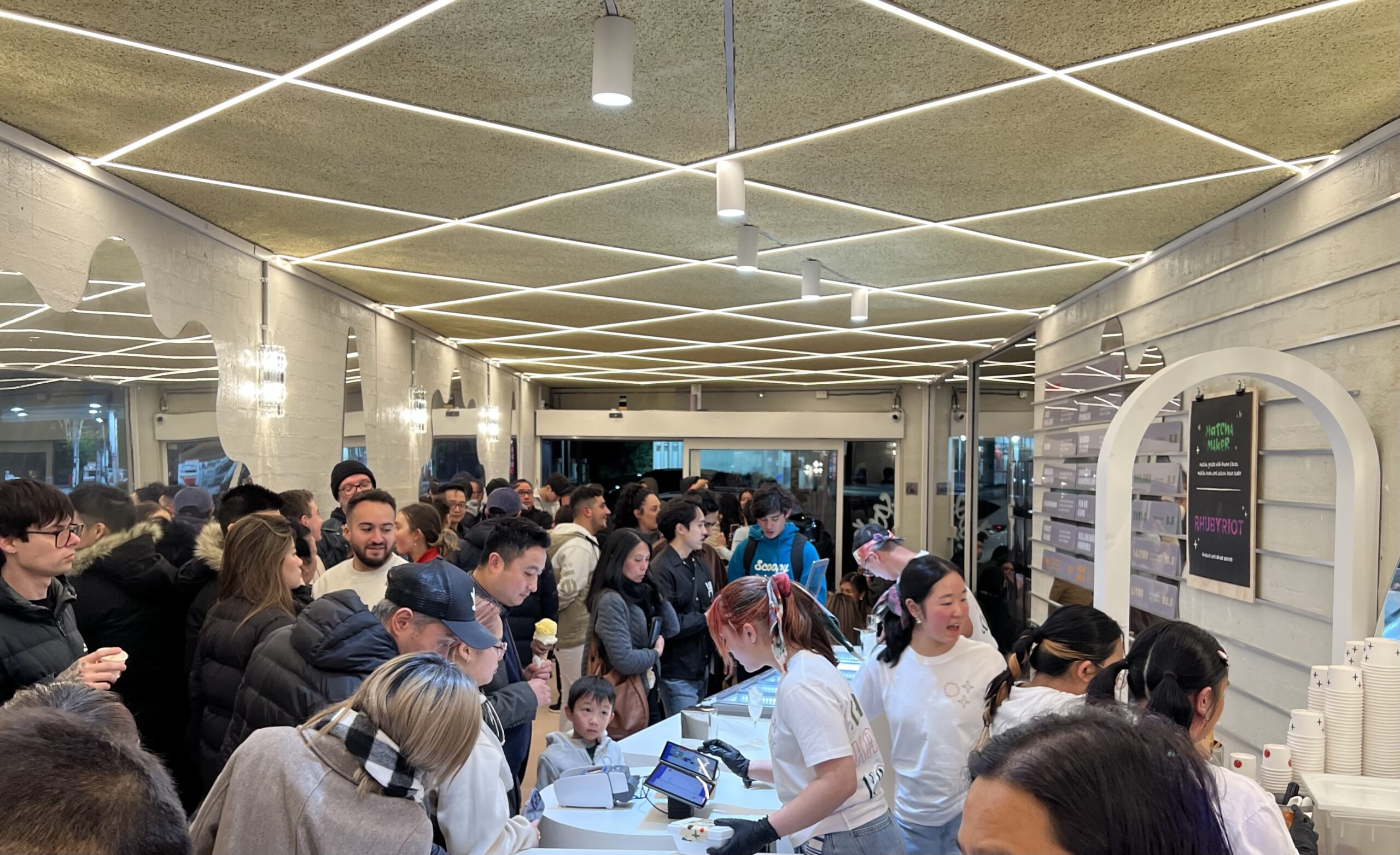
Their first store, which opened at Footscray in January 2022, has timber windows with stained glass and a galvanized steel arch representing the iconic jeepney.
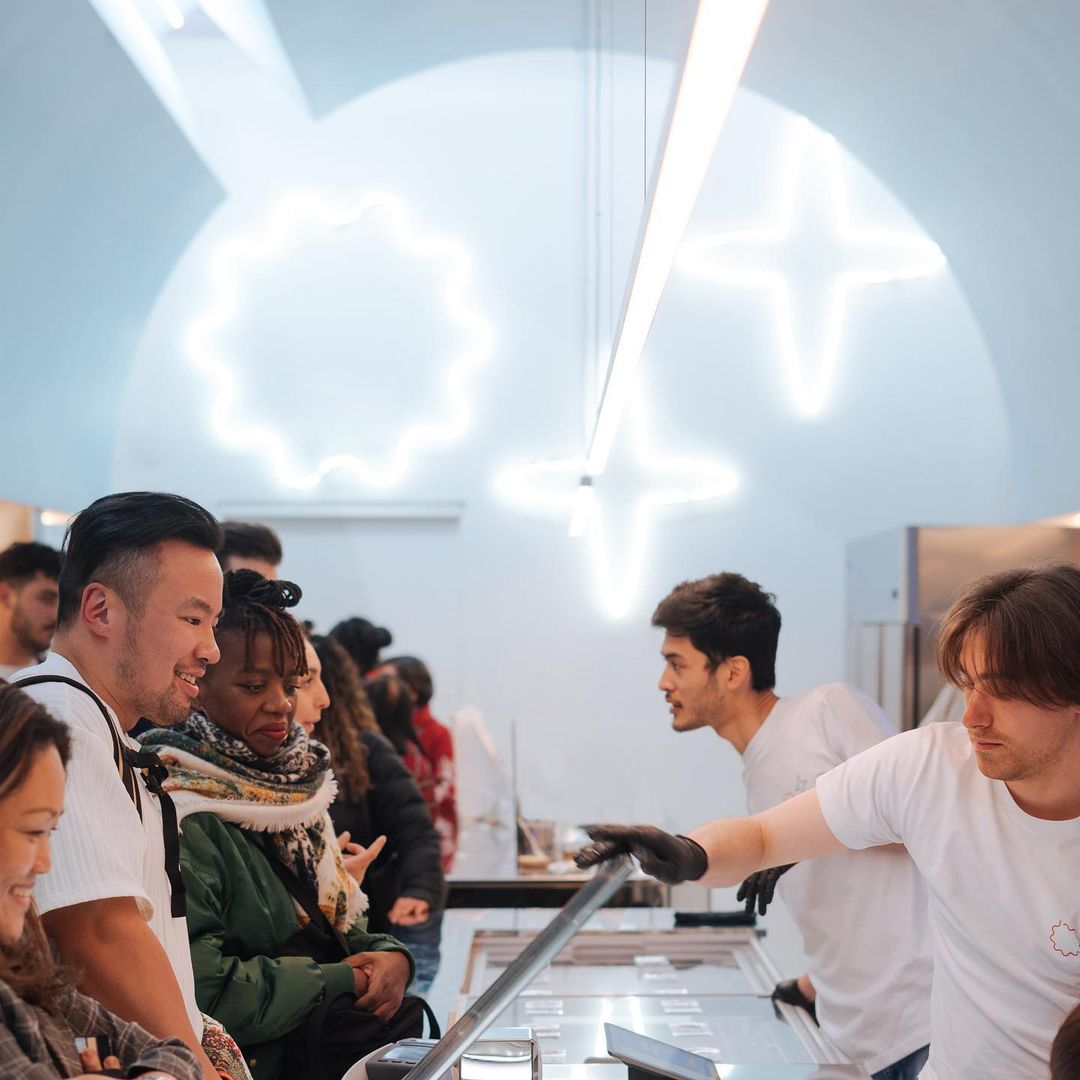
The second flagship store in Chinatown, Melbourne, contains neon signs of the symbols on the Philippine flag, housed within a dome-shaped interior. Meanwhile, the third outlet in Glen Waverley, takes after ’70s Manila with mini chandeliers and LED lights for a retro, cinematic feel.
With an upcoming Sydney branch and a long-awaited opening in Manila late this year, there’s no telling what each of these stores will look like inside. But, one thing Kariton’s purveyors can assure us of is the continued and thoughtful utilization of Filipino cuisine in gelato.

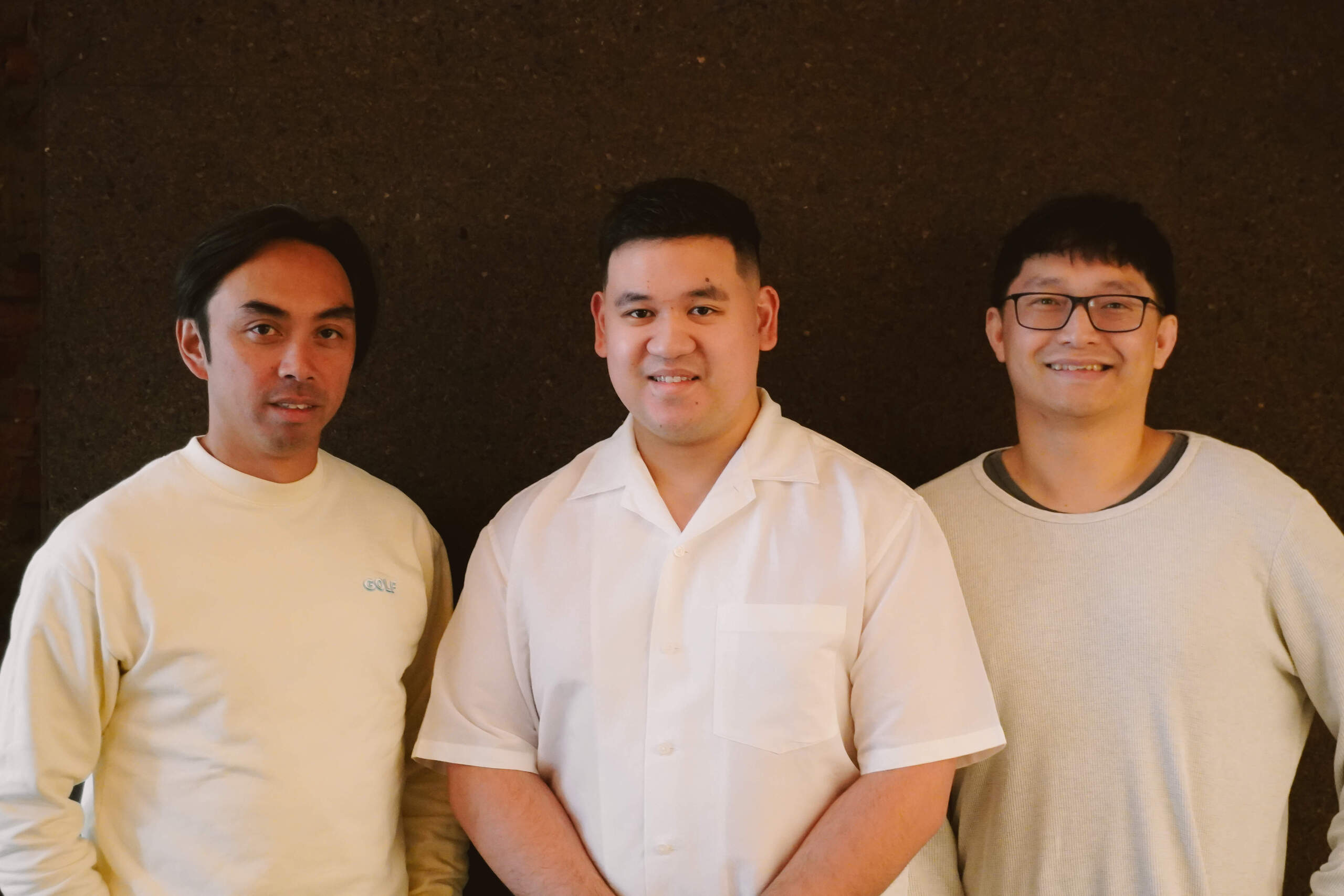
Rivera maintains that he doesn’t want to be seen as yet another “Filipino that grew up abroad, who all of a sudden, is bringing a ‘bougie’ version of what can be bought from the street.” Sure, they use native ingredients and “elevate” local recipes and products but Kariton should not be regarded as another sensationalist preying on Filipino culture.
“We’re not taking business away from mamang sorbetero over at the barangay. They’ve got their market and we’ll have ours.”
“We’re not taking business away from mamang sorbetero over at the barangay,” says Rivera. “They’ve got their market and we’ll have ours.” In the end, it’s just all about coming home and creating a really good product—that translates through all cultures regardless of whether or not you’re using Filipino and Asian ingredients. Additionally, with their use of Australian dairy, these flavors are also given a unique Aussie twist, differentiating them from what you could otherwise find locally.
Aside from looking forward to indulging in a two-piece Chickenjoy with spaghetti and peach mango pie at Jollibee, Rivera looks forward to gaining access to the country’s rich selection of native ingredients.
From asin tibuok to pili nuts, he seeks to play with those ingredients and “present them in a way that is fun and accessible to all, and create a bridge to be able to export these outside of the Philippines and to other Filipino chefs around the world.”





